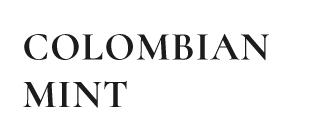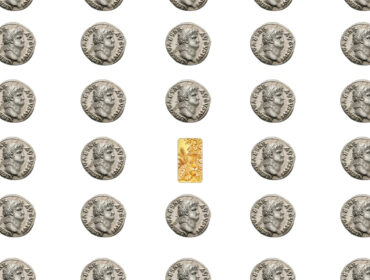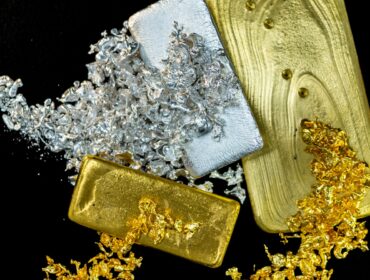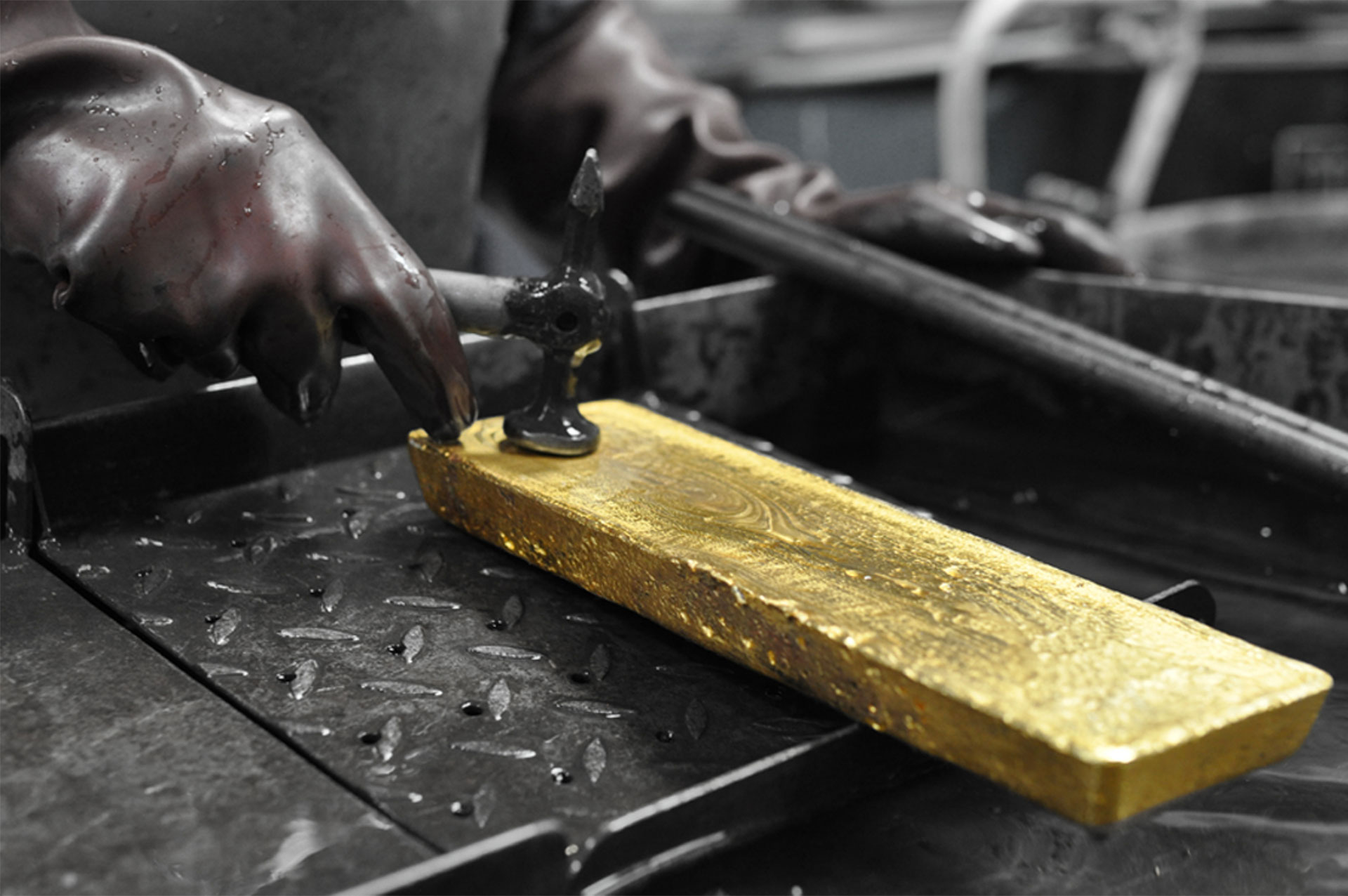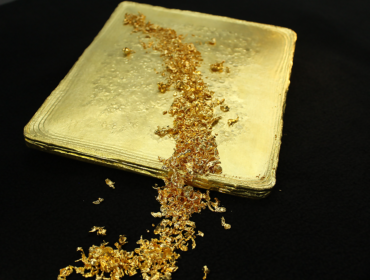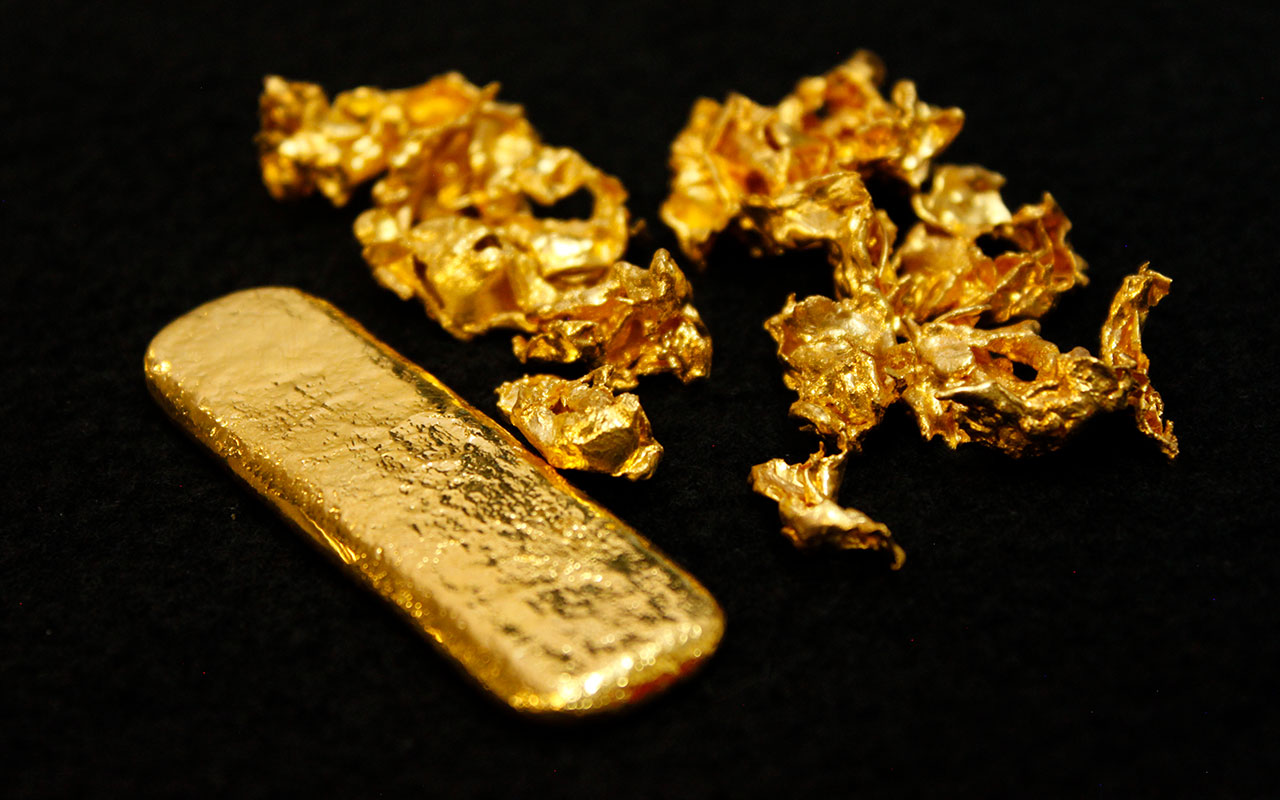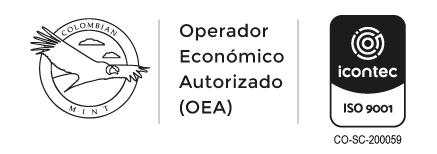Between the 1930s and the 1970s, most of the world’s major currencies transitioned from a gold standard to fiat currency. During this transition, circulating coinage also changed from being made of gold or silver to a variety of less valuable materials. As the purchasing power of most currencies was eroded, the prices of precious metals increased tremendously, making it impractical to use gold and silver coinage for daily transactions. After this transition was completed, however, many countries retained large and extensive minting facilities with the capabilities to produce gold and silver coinage. Many national mints later began profitable bullion coin programs for collectors and investors. Coins produced since the transition are considered “modern,” while those produced when gold and silver still circulated are considered “vintage.”
Bullion coins are typically produced by a national mint (or by a private mint under the authority of a national government) and, like the circulating coins of old times, have a legal tender face value. Modern bullion coins are typically assigned a nominal face value which is far lower than the melt value of the metal which comprises them (for example, a 1 oz American Gold Eagle has a face value of US$50, but its melt value is more than twenty times greater). The purpose of assigning a bullion coin with a legal tender face value is that it gives the coin and official status and generally allows the issuing mint to demand a higher price than rounds and bars without legal tender value. Its purpose is as bullion, not as circulating coinage.
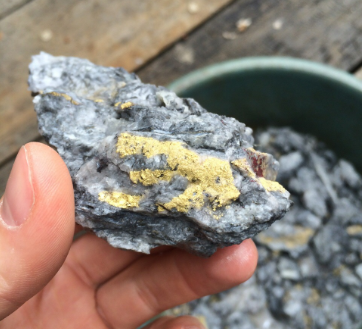
Generally speaking, investors purchase bullion coins primarily for the value of the metal they contain. However, the fact that bullion coins are issued under a national authority and have legal tender value means that they also attract interest from collectors. Just as the fluctuating mintages and untold variations of vintage coins has resulted in a large market for collectors, many modern bullion coins are also traded as collectibles for the same reasons. As a result, bullion coins often have substantial numismatic value on top of their melt value, and investors and collectors alike may consider both aspects when considering a purchase of modern bullion coins. Some especially rare modern bullion coins trade for many times their melt value, though this is uncommon.
The first modern bullion coin program was started in South Africa in 1967 with the introduction of the gold Krugerrand. South Africa is famous for its ample supply of gold and extensive mining and refining operations. When South Africa was still part of the British Empire, a large percentage of British gold coins were produced there. By the 1960s, however, South Africa had become a republic and gold coins were no longer circulating, but of course gold production continued unabated. The introduction of a bullion coin program provided a way to monetize this gold supply even though gold itself was no longer circulating currency.
Krugerrands proved to be a popular export product for western investors and collectors, especially as the price of gold rose from US$35/oz in 1971 to a peak of $850/oz in 1980. By the end of this bull run, it’s estimated that Krugerrands made up 90% of the market for bullion coins, as there were few competitors. However, many western countries began to place economic sanctions on South African products as part of anti-apartheid sanctions, and as a result the supply of Krugerrands to western markets was restricted and mintages quickly dropped.
This presented an opportunity for the mints of many other countries to fulfill demand for bullion coins. The Royal Canadian Mint introduced the gold Maple Leaf in 1979, followed bullion coins from Austria (Philharmonics), Australia (Nuggets, more commonly known as “Kangaroos”), China (Pandas), the US (Eagles, and later Buffaloes), and many others. Most of these products are also available in silver (and occasionally platinum) versions. Lately, even tiny nations like Tuvalu, and some with questionable legal status as independent countries like Niue, have issued bullion coins (though the coins themselves are produced by a western mint).
Bullion coins are not always absolutely pure base metal. Krugerrands, for example, are comprised of “crown gold,” a 500-year-old English formulation of 91.67% gold (22 karat) with copper as the balance to strengthen it. American gold eagles are also 22 karat, with a mixture of both silver and copper used in the alloy. However, the “1 ounce” versions of each of these coins actually weigh slightly over that amount so that each coin has exactly 1 troy ounce of pure gold content. The US Mint later introduced the gold buffalo, a more pure (.9999 fine) bullion coin to compete with Canadian gold maples and other coins which were more pure from the start.
In addition to these bullion coins, a variety of private refineries have offered high-quality rounds (note that without legal tender value, they are considered rounds, not coins). Though these private companies are unable to assign a legal tender value to their products without sanction from a national government, rounds and bars from private mints are often available at a substantially lower premium over the spot price compared to bullion coins of the same weight and purity. Gold and silver rounds tend to attract less numismatic interest and more closely track the spot price of the underlying metal, so they may be more desirable as an investment product.
Bars and rounds from the Colombian Mint are premier examples of this sort of investment product. With more than a century of experience in mining and refining, the Colombian Mint is a world-class producer of bars and rounds. These gold and silver products are made to exacting international specifications, giving investors the benefits of a precious metals investment at low premiums over spot prices.

